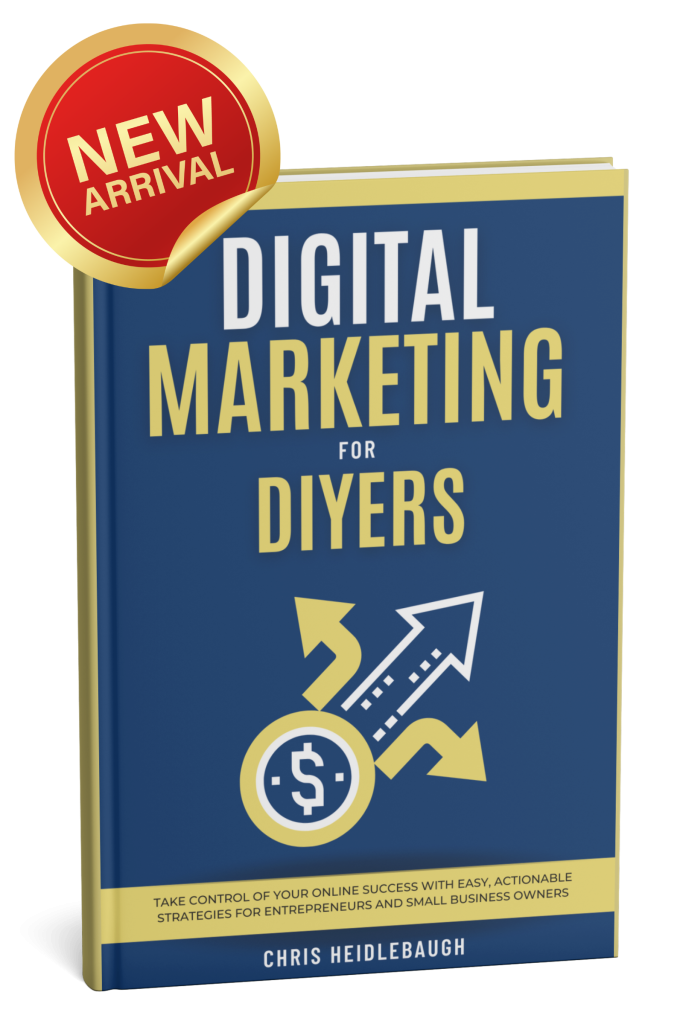The top five marketing metrics every business should track include Customer Acquisition Cost (CAC), Conversion Rate, Return on Investment (ROI), Customer Lifetime Value (CLV), and Bounce Rate. CAC helps assess the efficiency of acquisition strategies. Conversion Rate indicates the effectiveness of marketing campaigns in converting visitors. ROI measures profitability against marketing expenditure. CLV calculates the total revenue generated from a customer, highlighting retention value. Finally, Bounce Rate provides insights into content engagement and usability. Monitoring these metrics allows for data-driven adjustments, fostering ideal performance and growth. Discovering more about their applications can further enhance your marketing strategy.
Customer Acquisition Cost (CAC)
Customer Acquisition Cost (CAC) stands as a pivotal metric in evaluating the effectiveness of a company's marketing and sales strategies.
By calculating CAC—total marketing and sales expenses divided by the number of new customers acquired—businesses can gain critical insights into their efficiency. A lower CAC reflects successful marketing campaigns and streamlined sales processes, facilitating improved resource allocation and enhanced profitability.
For SaaS companies, maintaining a CAC lower than the Customer Lifetime Value (CLV) is essential for sustainable growth. Regular tracking of CAC enables organizations to identify trends in marketing effectiveness, allowing for timely adjustments to marketing strategies.
Conversely, a high CAC may indicate inefficiencies, prompting a reevaluation of customer acquisition efforts to optimize overall performance.
Conversion Rate
Conversion rate serves as a crucial indicator of a marketing campaign's effectiveness, reflecting the percentage of visitors who take a desired action, such as completing a purchase or subscribing to a service.
This metric is calculated as (Conversions / Total Visitors) x 100, providing a clear measure of marketing performance. A higher conversion rate denotes a more effective strategy, with average eCommerce rates ranging from 1% to 3%.
To measure success, businesses must track their marketing metrics across various channels, including email campaigns and social media.
By optimizing landing pages and calls-to-action, companies can greatly enhance conversion rates, leading to substantial revenue growth.
Regular analysis fosters data-driven decisions, allowing businesses to refine their marketing efforts based on user behavior and trends.
Return on Investment (ROI)
Return on Investment (ROI) is a pivotal metric that allows businesses to evaluate the financial efficacy of their marketing strategies.
Calculated using the formula ROI = (Net Profit / Marketing Cost) x 100, this metric yields a percentage that reflects the profitability of marketing efforts. Understanding marketing ROI is essential for making informed, data-driven decisions regarding budget allocation.
Key aspects include:
- Positive ROI indicates revenue generated exceeds marketing costs, promoting sustainable growth.
- Effective tracking can enhance marketing efficiency by up to 30%.
- Investing in data analytics often yields an ROI of $36 for every $1 spent on email marketing.
- A robust marketing ROI measurement strategy informs ideal resource allocation for maximum impact.
Customer Lifetime Value (CLV)
Understanding Customer Lifetime Value (CLV) is essential for businesses aiming to enhance their long-term profitability and customer relationships. CLV estimates the total revenue expected from a single customer throughout their entire relationship, providing critical insights into customer retention strategies.
Calculated using the formula CLV = Average Purchase Value x Purchase Frequency x Customer Lifespan, it allows businesses to assess the financial impact of retaining customers versus acquiring new ones, which can cost five times more. A high CLV reflects strong customer loyalty and effective marketing strategies, enabling firms to invest more in customer acquisition.
Bounce Rate
As businesses focus on maximizing Customer Lifetime Value (CLV), another critical metric to evaluate is bounce rate, which directly impacts user engagement and content effectiveness.
A high bounce rate may signal issues with content relevance or website performance. To address this, consider the following:
- Analyze page load time: A mere 3-second delay can increase bounce likelihood by 32%.
- Optimize navigation: Streamlined pathways encourage users to explore multiple pages.
- Monitor trends: Regular tracking reveals patterns in visitor behavior and content effectiveness.
- Enhance content quality: Engaging and relevant content reduces visitor drop-off and fosters deeper interactions.
Final Thoughts
To summarize, tracking essential marketing metrics such as Customer Acquisition Cost, Conversion Rate, Return on Investment, Customer Lifetime Value, and Bounce Rate enables businesses to refine strategies and optimize performance. Importantly, companies that track these metrics are 2.5 times more likely to make informed decisions and achieve significant growth. This statistic underscores the importance of data-driven approaches in marketing, highlighting that meticulous measurement not only enhances operational efficiency but also fosters sustainable business success in a competitive landscape.










